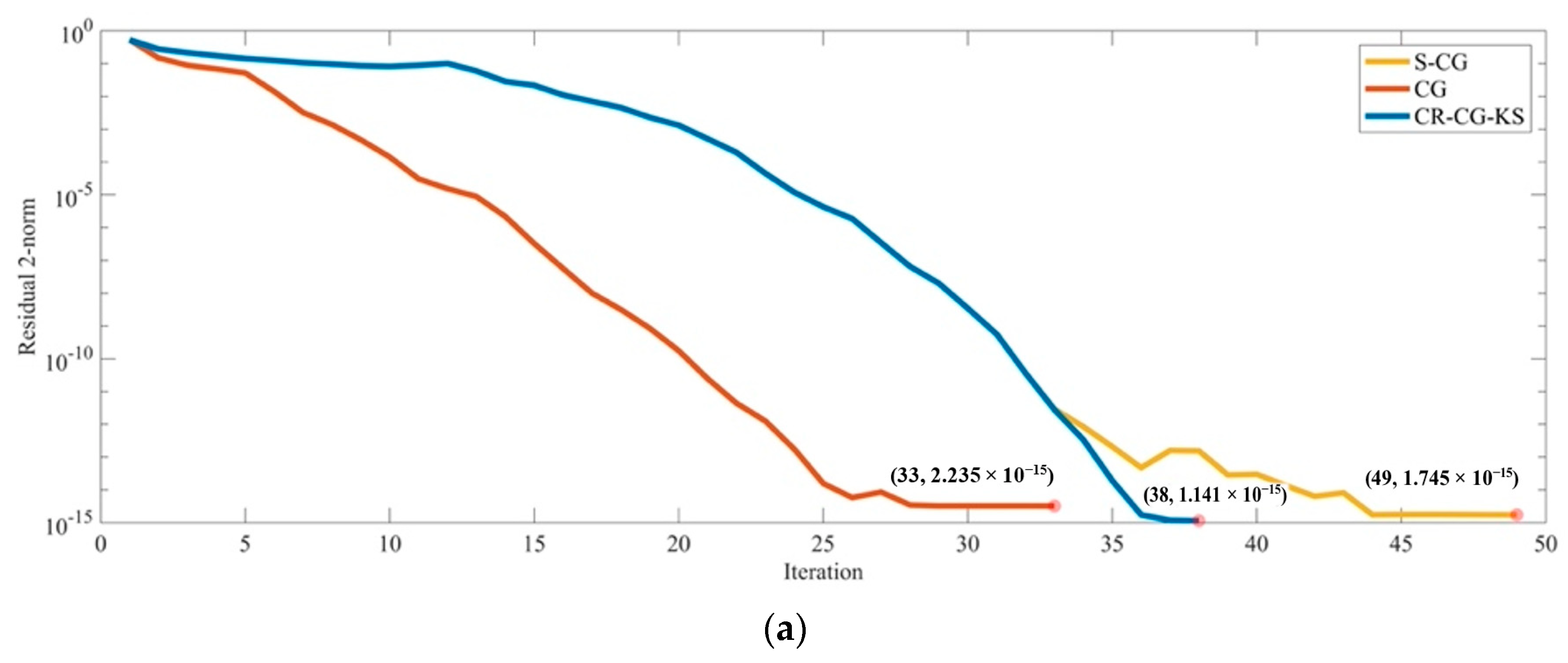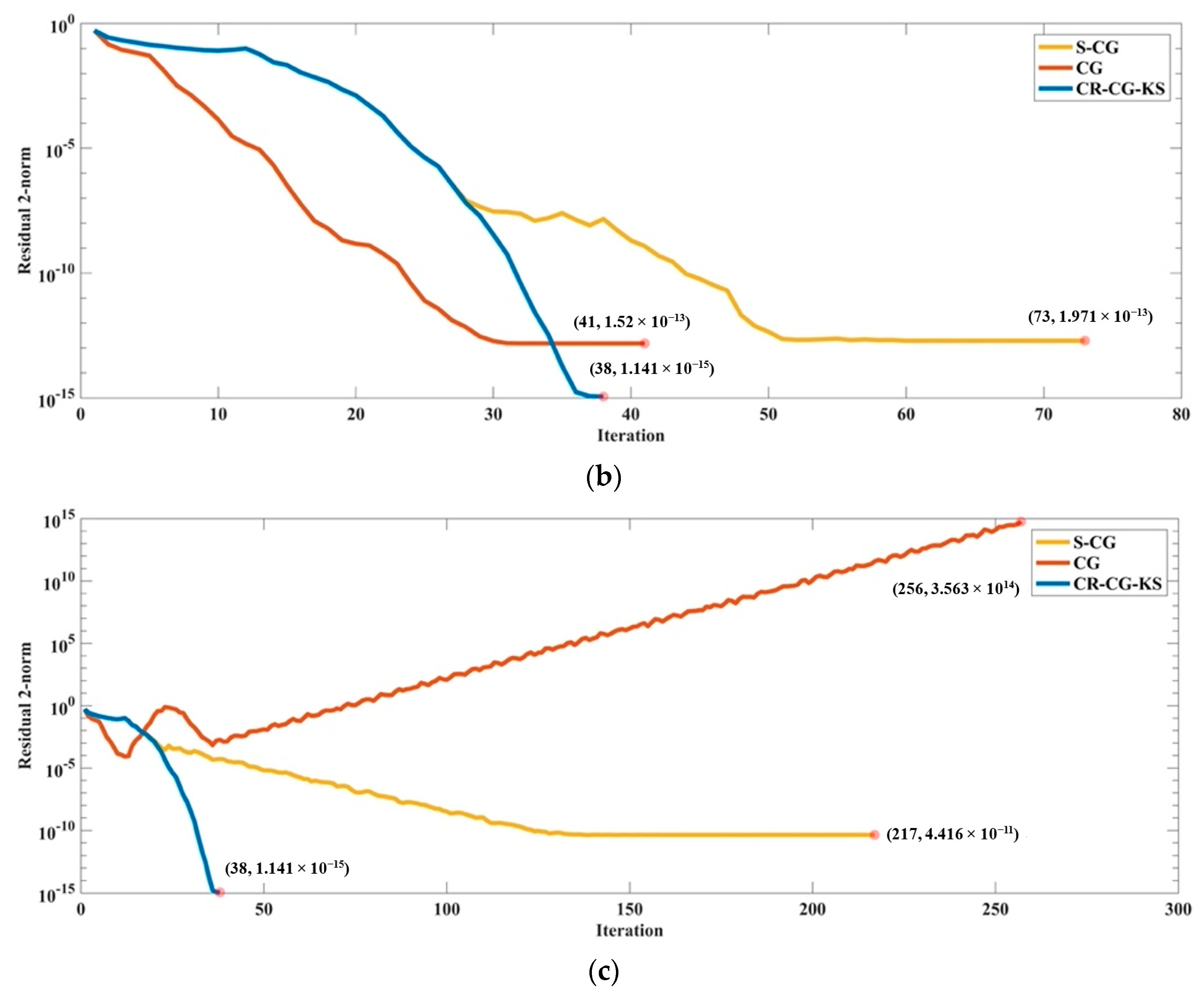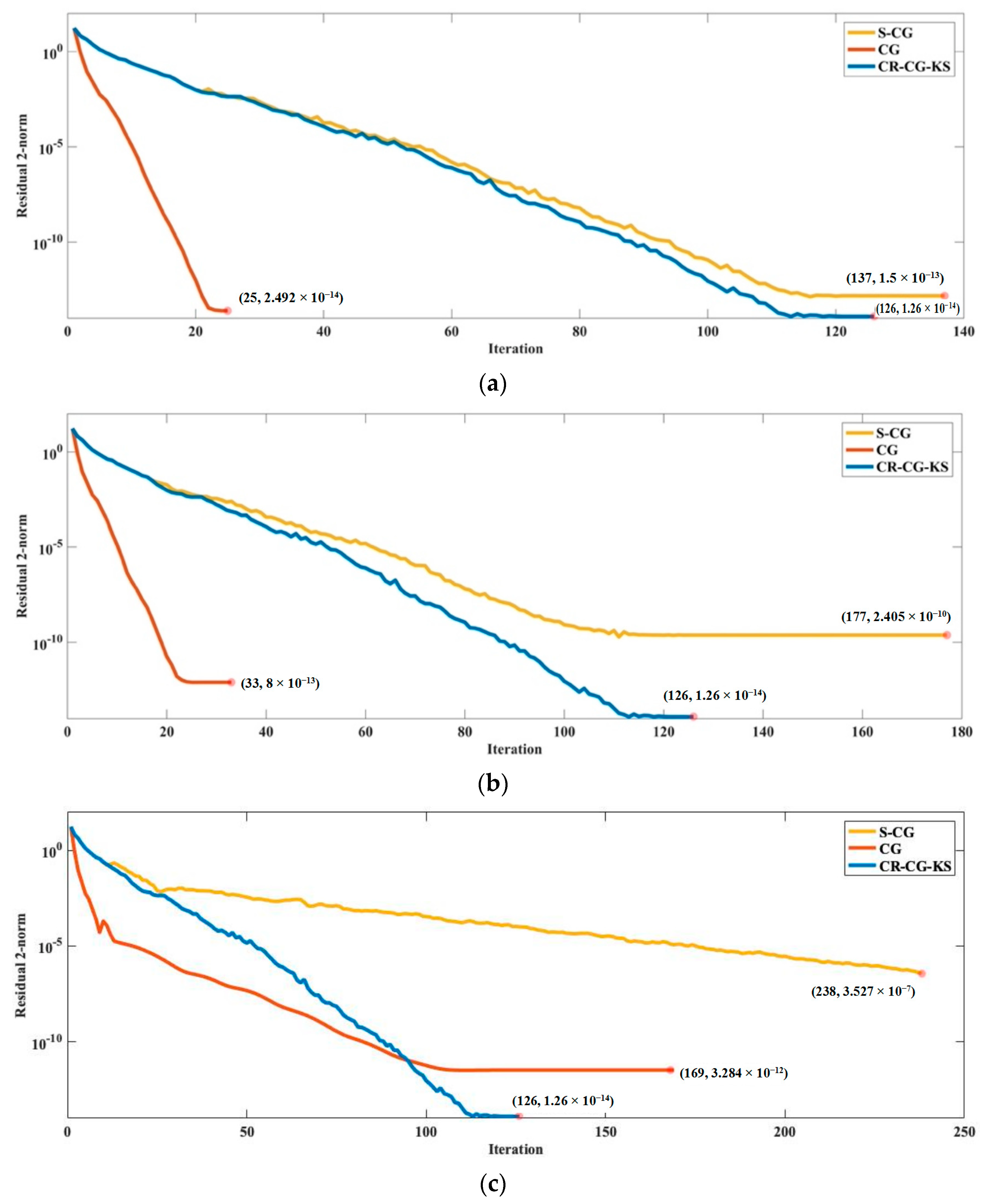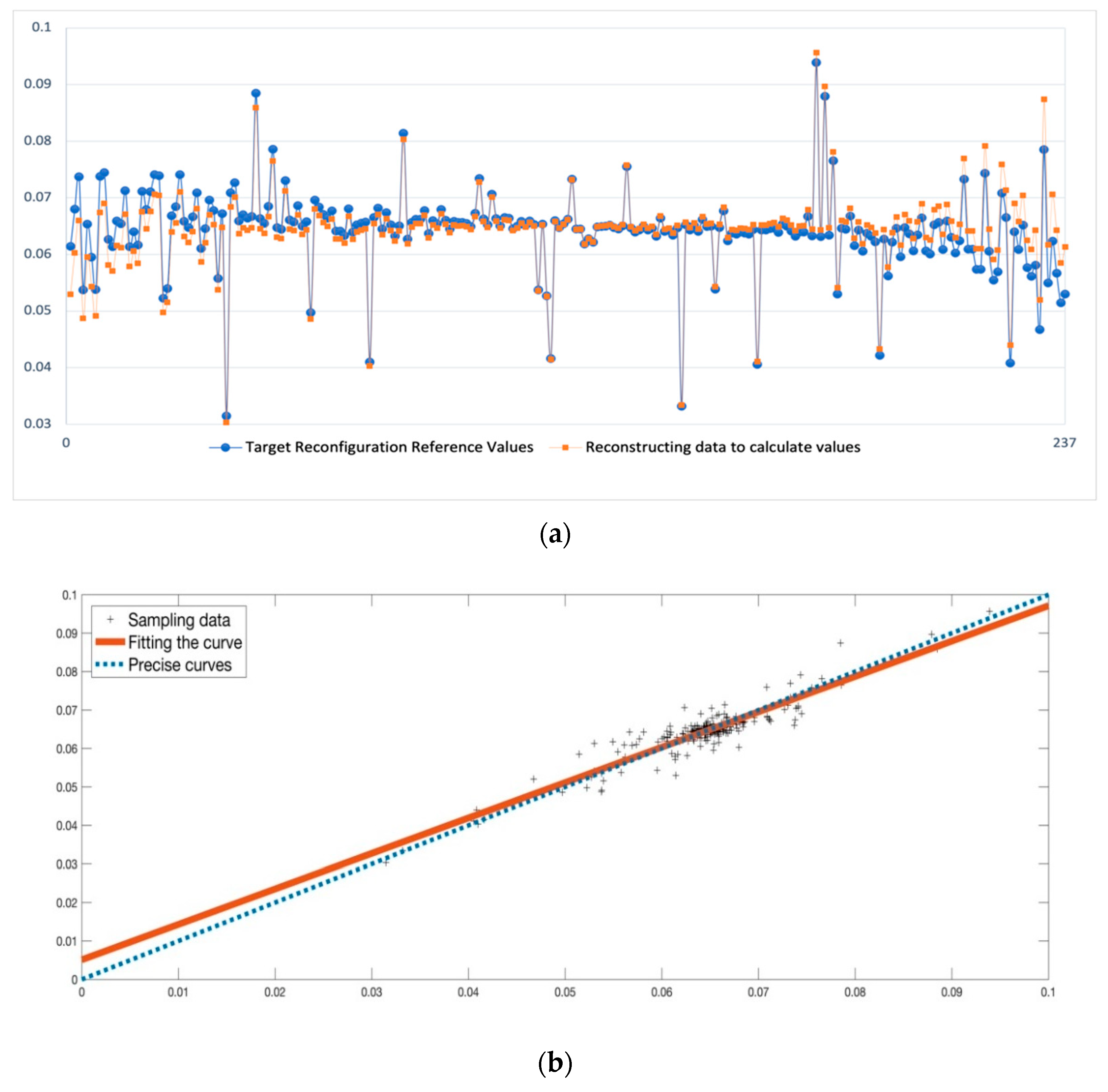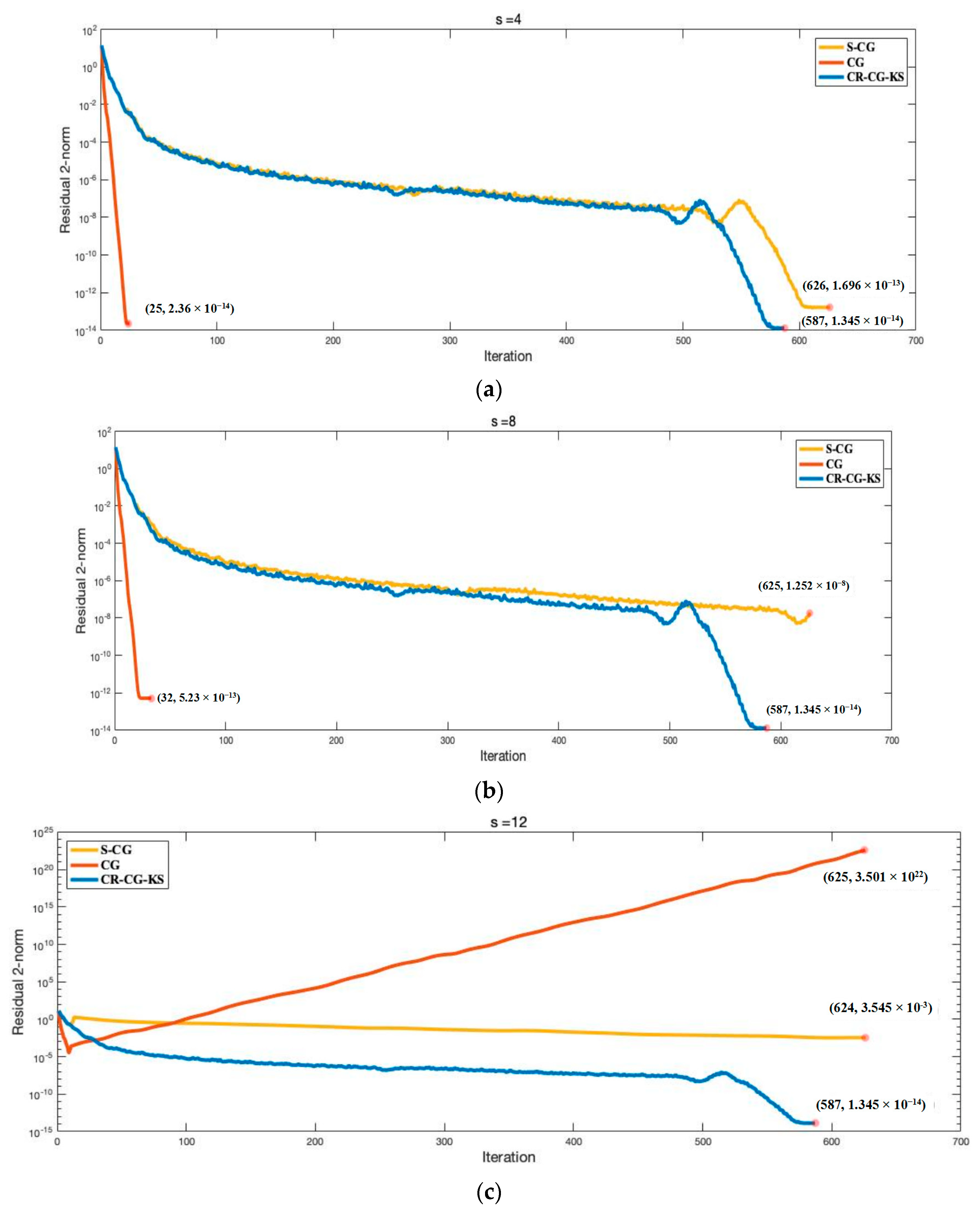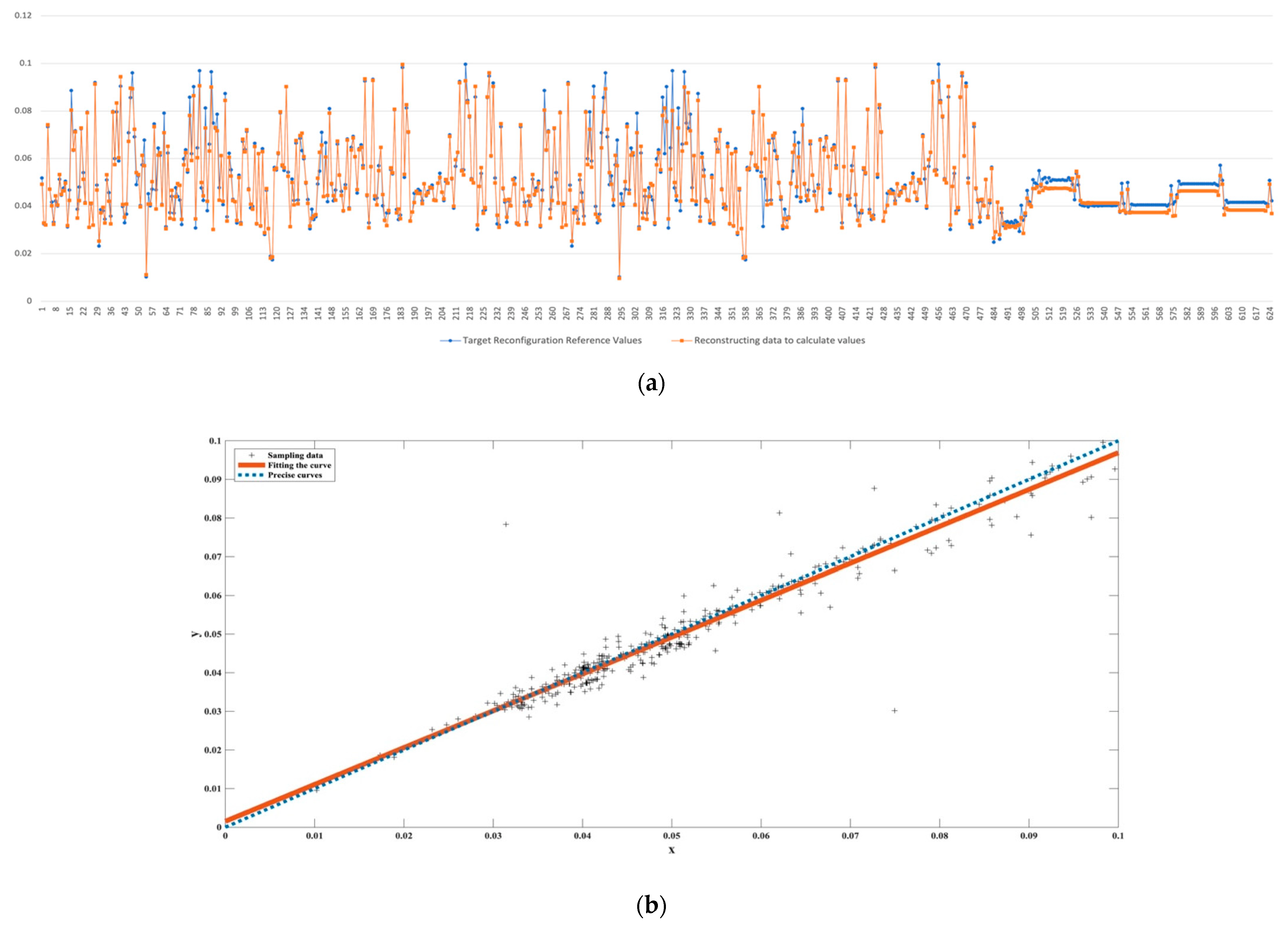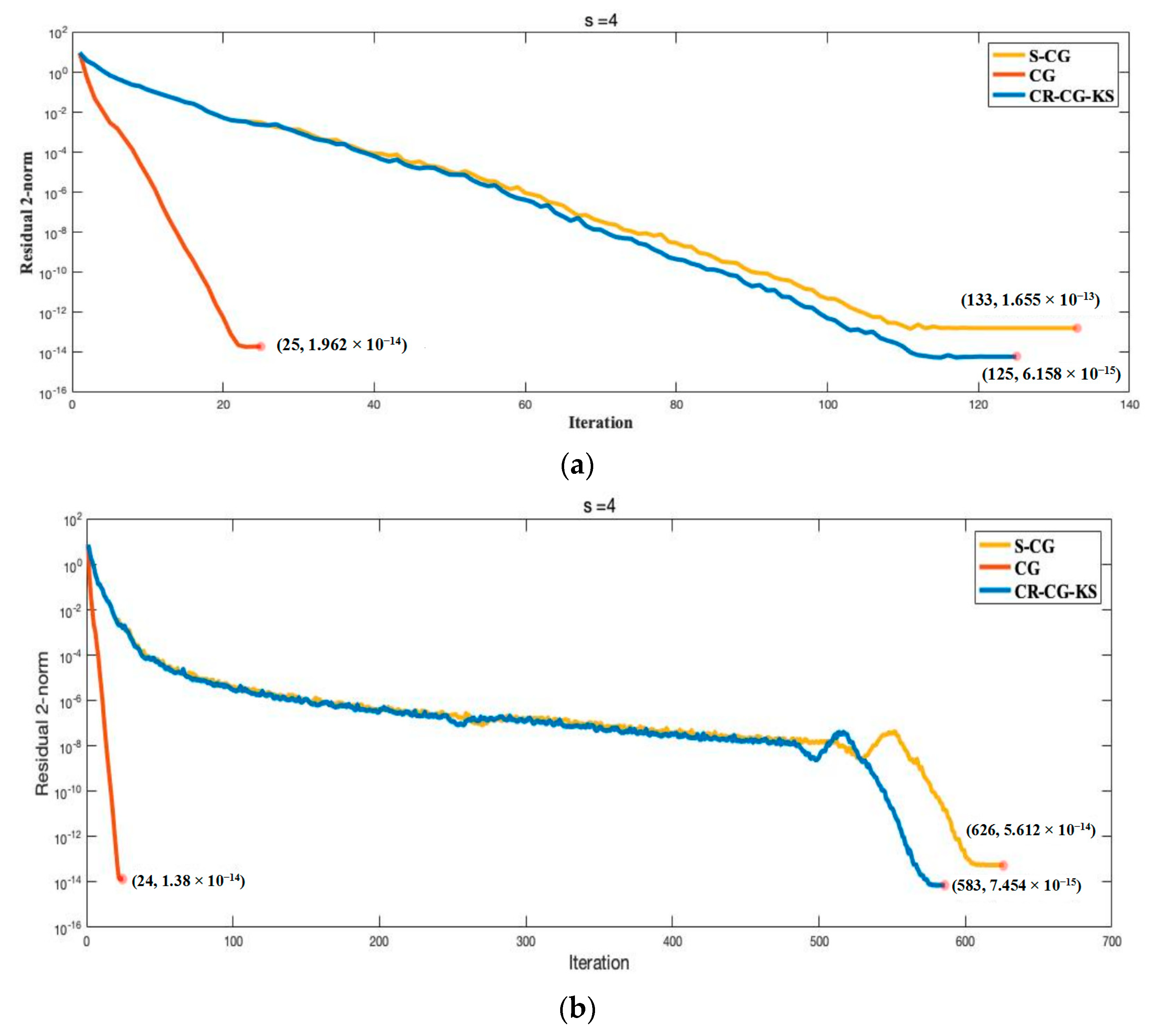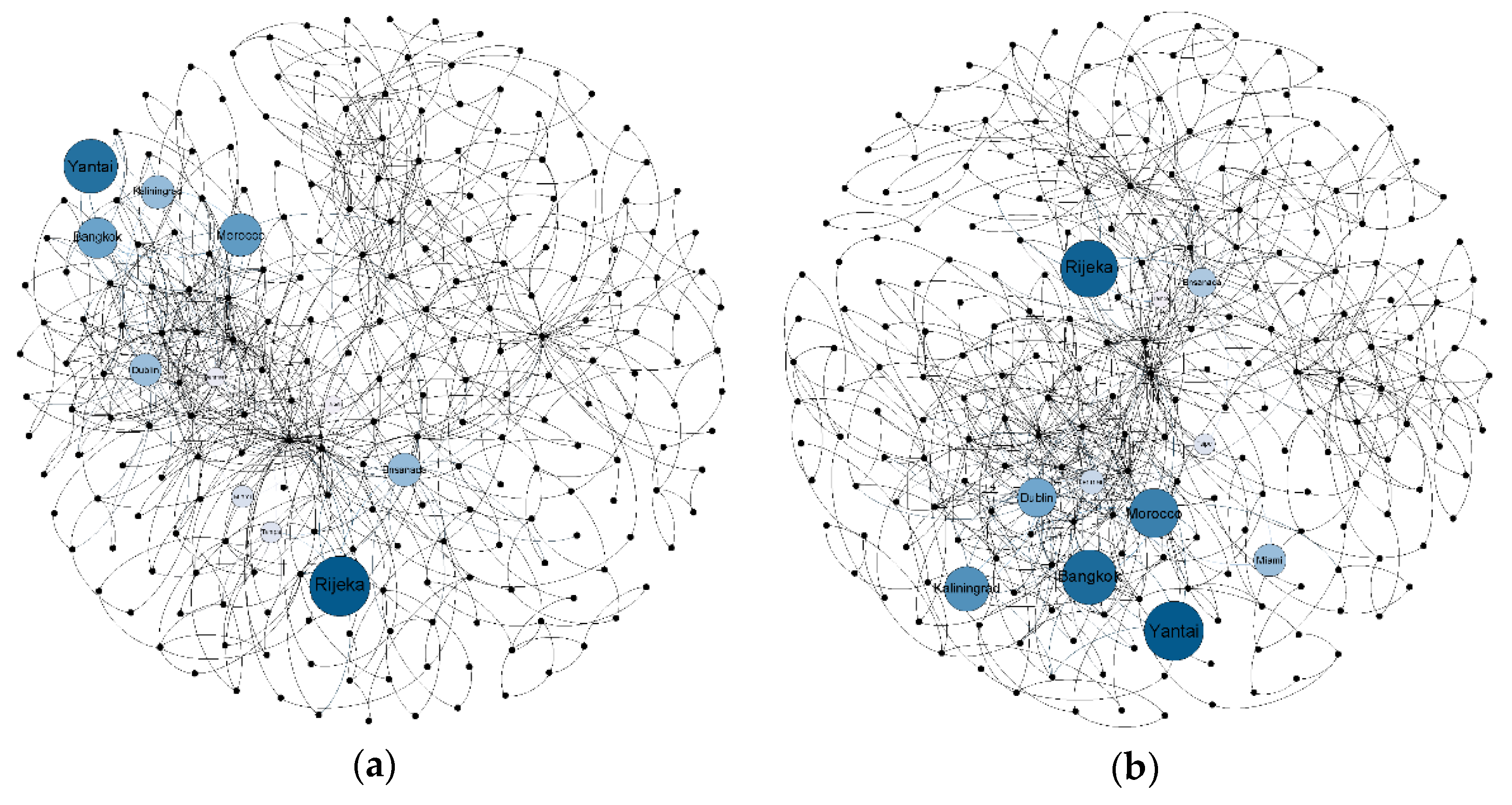1. Introduction
Because of the advantages of high throughput, low costs and fewer access restrictions, maritime transportation accounts for more than 70% of global trade [
1]. Container shipping has become an important mode of transportation mode with many advantages such as high security, high loading and unloading and high energy efficiency. Liner shipping operation is generally employed, that is, sailing according to a predetermined schedule and fixed routes, stopping at fixed ports, and carrying out international shipping at fixed freight rates. Affected by economic, political, policy and other factors, the container shipping network is constantly developing and changing.
Regional Comprehensive Economic Partnership (RCEP) is an agreement initiated by ASEAN (Association of Southeast Asian Nations) in 2012 and developed by 15 members, including China, Japan, Korea, Australia, New Zealand and ten ASEAN countries. The signing of RCEP marks the official departure of the most populous, largest economic and trade scale and most promising free trade area. On 1 January 2022, RCEP officially entered into force. As the largest free trade zone in effect in the world, RCEP can enhance the foreign trade competitiveness of member states, especially to promote trade among countries that have not signed bilateral free trade agreements. The signing of RCEP has also had a significant impact on the maritime industry. It will significantly promote the increase in container shipping between Chinese coastal ports and Japan, South Korea, ASEAN, Australia and New Zealand, reduce export costs, and further increase the proportion of near-ocean container routes [
2]. Facing more and more frequent trade exchanges, reconfiguring and optimizing the global container shipping network is also a growing concern.
With the development of complex network theory, a wide range of transportation networks have been studied within the framework of complex networks, which are able to capture the interactions between the entities [
3]. They demonstrate structure properties that are not evident when each component is considered independently [
4]. For this reason, many scholars have studied different transportation modes from the perspective of complex networks in recent years. In aviation networks, Jia T. and Jiang B. [
5] explored the U.S. airport model using complex network theory and classified airports according to various network metrics. Wang et al. [
6] used a complex network approach to study the network structure and node centrality of cities in the Air Transportation Network of China (ATNC), and confirmed that centrality captures an important aspect of locational advantage in the ATNC and is important in shaping the spatial pattern of economic activity. LIN et al. [
7] applied characteristics of nodes and edges to analyze and compare the relationship of urban traffic growth mechanisms, but there are no significant small-world characteristics in urban networks [
8], which differs from shipping networks. Container shipping networks are large-scale networks consisting of many ports, routes, ships and other elements. They can also be understood as a complex structure, similarly to other transportation networks, consisting of a set of vertices (ports) connected by edges (routes) [
9].
Seaports and shipping routes form the topology of the container shipping network [
10]. The importance of topology in transportation modes has prompted many researchers to investigate and describe the structure and dynamics that make transportation a complex network [
11]. Current research on maritime transportation networks has focused on the topology of the world’s maritime transportation networks, including degree distributions, clustering coefficients, and average shortest path lengths [
12]. Meanwhile, the topological characteristics (such as number of lines, throughput, average degree, clustering coefficient, average distance, power law distribution index, and community) of the world ocean transportation network are compared with those of the sub-networks of container transportation, dry cargo transportation and oil transportation, respectively. There are also many studies on the weight distribution and seaport distance distribution of the world ocean transport network.
Connectivity is a basic concept in topology. In recent years, the interconnection levels of different infrastructure networks have been analyzed in various transportation networks such as railways, highways and shipping [
13]. Container shipping is a typical liner shipping method, and the United Nations Conference on Trade and Development (UNCTAD) proposes the Liner Shipping Connectivity Index (LSCI) as the basis for evaluating the trade cost and competitiveness of various countries, which covers the following aspects: the number of ships expected to berth in a country per week, the designed throughput, the number of scheduled liner routes to and from the country, the number of liner companies providing services to and from the country, the average size of ships deployed on scheduled routes and the number of countries that trade directly with the country by sea via transshipment [
14]. Therefore, the connectivity of the container shipping network can not only measure the liner connection index but also reflect the service capacity of the ports [
15].
Since the introduction of the LSCI index, there has been an increasing amount of research on the connectivity of shipping networks. Among them, Pan et al. [
16] showed that the global shipping network is represented by an unsigned Laplacian matrix, which could be decomposed to produce its eigenvectors and corresponding eigenvalues. The maximum gap among eigenvalues was then used to determine the optimal number of communities within the network. This efficient method identified major port communities and analyzed the network connectivity of the global shipping network according to the community structure.
However, understanding these structures is inherently more difficult due to their dynamic complexity [
17], the evolution of the network [
18], the diversity of connections [
19] or the diversity of nodes. There is little research to enhance the properties of the ports and their links [
20]. With the rapid development of the global economy, commodity characteristics and environmental factors will also affect shipping decisions [
21]. We need to consider the status quo of the global economy to pay attention to the sustainable development of famous international organizations [
22], carry out research on the connectivity and reconfiguration of container shipping networks, predict the next developments in maritime transport and make recommendations to the global maritime industry, and propose predictive implementation solutions for port decision-making.
In this paper, the impact of RCEP is focused on, and a new global container shipping network is established based on the complex network theory, which is more realistic and current. A new concept of future port expectations is proposed based on the existing expectations of ports, and the increase or decrease in port link expectations is calculated for the reconfiguration and optimization of global container ports. The applied complex network analysis provides insight into the operational and geographical dynamics of the ports participating in the container shipping network, helping lines and ports understand and measure their competitive position in the network [
23].
2. Reconfiguration Model of Container Shipping Network
In the container shipping network, nodes correspond to ports with different specifics. Some ports have the advantages of being able to accommodate large ships, better geographical location, and higher route accessibility. We classify such ports as ports with high service capacity. Some ports are more remote with few direct connections, which are classified as ports with lower service capacity. However, after data analysis and literature research, it is found that the service capacity of many ports is significantly higher than the current demand. At the same time, due to the surge in trade demand, the service capacity of some ports cannot meet the transportation demand, and congestion often occurs. Therefore, the reconfiguration and optimization of the port service capability in the global container shipping network is a problem that needs to be considered.
Based on throughput, port location, distance among ports and route importance, this paper focuses on the port connection and port centrality to establish a large-scale sparse matrix linear system to realize the reconfiguration optimization of global container shipping network service capacity. A floating-point arithmetic model is established, and the optimization result of the model is measured by the largest eigenvalue of the weighted adjacency matrix. However, it would take a long time to solve the large sparse matrix, which is the bottleneck in the calculation of the port service capacity of the entire shipping network. A communication-reducing conjugate gradient method based on Krylov Subspace (CR-CG-KS) is put forward to quickly calculate the reconfiguration of shipping network service capabilities. At the same time, the service capacity reconfiguration coefficient of the global container shipping network is designed to facilitate the decision and selection for the service capacity reconfiguration optimization of global container ports, and the eigenvector centrality is used to measure the performance of reconfiguration optimization.
2.1. Container Shipping Network Model Construction
The container shipping network is a relatively complex stochastic system, and there are many factors affecting the network operation efficiency. These influencing factors will interact with each other, thus having an extremely far-reaching impact on the shipping network. The following assumptions are made for the model:
- (1)
The service capacity and efficiency of different ports are the same, and the price competition between ports is not considered.
- (2)
Only the conventional container transportation network is considered, and the interference of factors such as random events is not considered.
- (3)
The container vessels deployed on the route are all regular operating vessels of the world fleet at this stage, and the number of vessels is sufficient.
- (4)
The distance calculation only considers the straight-line distance between two ports, without considering some passing terminals.
- (5)
The fuel cost does not consider gaps among them and is calculated only on the global average fuel price.
Consider a container transportation network, in which
is the set of ports,
E is the set of links, and
W is a vector of link weights representing the link frequency.
is the weighted adjacency matrix of the network, and each element of
can be expressed as:
where
, and both
and
are the sailing frequency between ports
and
. In this paper, if there is a container route from port
to port
, the link is a directional one-way link. That means the container shipping network cannot be seen as a symmetrical net. Let
be the degree matrix:
is the Laplacian for the container shipping network
:
In this model, the largest eigenvalue of the frequency-weighted adjacency matrix is the node-weighted average link frequency. Thus, the largest eigenvalue can be used as a measure of network connectivity with the same units as the elements of the adjacency matrix. The eigenvector, which corresponds to the largest eigenvalue of a non-negative adjacency matrix with a unit criterion, is denoted as the “principal eigenvector” in this paper. In addition, this study does not require the adjacency matrix to be symmetric, as the world container transport network is highly asymmetric.
It is well known that connecting two nodes bidirectionally can ensure strong connectivity of the network. In this paper, we aim to improve the network connectivity by adding links frequency among hub ports or among ports located in RCEP or among hub ports and ports located in the RCEP. The key notations are shown in
Table 1.
2.2. Container Port Service Capability
2.2.1. Importance Evaluation of Container Ports Based on Location
In addition to the impact of port throughput, we also consider both the hub ports and the ports covered by the RCEP:
2.2.2. Cost-Based Importance Evaluation of Container Ports
The fuel cost is the major component of the ship operating cost. For the transportation cost, we mainly consider the fuel cost, which is proportional to the oceanic distance. Distances between nodes are calculated in Equation (5) by latitude and longitude coordinates:
and
, where
r = 6371.004 km.
When the conventional sea route is used for shipping containers, the cost for transporting one TEU container can be described as:
2.2.3. Importance Evaluation of Container Shipping Routes
Suppose that the container shipping network consists of
x routes and
y ports on the target transport route. Then, the importance of each link on that route can be calculated as the number of routes including this link:
The Borda Count is a single-winner election method. In the Borda Count method, voters rank candidates in descending order of preference, giving each candidate a certain score based on the total number of candidates involved, and ultimately each candidate is selected as the winner based on the total score received from all voters. Because the method tends to select the option that is widely accepted by voters rather than the one preferred by the majority, Borda Count is often described as a consensus-based voting system rather than a majority–minority voting system. The method provides a reasonable way to integrate the evaluation results of the various weighting indicators by avoiding result bias caused by decision makers’ personal preferences. In the importance ranking of container ports, the various indicators can be treated as voters and the ports as candidates. Then the ranking of the ports obtained according to the different centrality indicators can be calculated for each port based on the following equation.
where
n denotes the total number of ports in the sample network.
,
and
represent the scores of ports based on corresponding ranking, respectively.
Based on these scores, we can derive the combined centrality score of port
i as follows:
where
represents the composite score of port
i.
,
denote the ranking of port
i in the sample network based on throughput capacity, transportation cost and route importance, respectively. The weights are determined by the throughput capacity, transportation cost and route importance, respectively.
2.3. Mathematical Model
From
Section 2.2,
A is an
n ×
n Hermitian matrix. The Rayleigh quotient
RA is:
Let
Uk denote a subspace of dimension
n −
k + 1. By checking the dimensionality, it can be known that the intersection of
span{
U1, …,
Uk} and the subspace
Un-k+1 is not zero. Therefore, there exists a vector
v at this intersection:
Since this is true for all subspace
U, we can conclude that
Therefore, the largest eigenvalue can be regarded as the node-weighted average link frequency. Eigenvector centrality, i.e., the largest eigenvalue and its associated eigenvectors, is our chosen criterion to measure the connectivity of the container shipping network.
In the whole process of service capability reconfiguration analysis,
A is the weighted adjacency matrix of the global container shipping network, and the weight is set to the frequency of anchoring and service capability. For the operation of the matrix, we use the standard floating-point operation method.
where
ε is the unit rounding of the machine.
Most liner optimization models of container shipping are mixed-integer models [
24,
25]. By analyzing the frequency-weighted adjacency matrix, the largest eigenvalues and their corresponding eigenvectors, this paper proposes a max-min integer optimization model based on a Rayleigh quotient for better connectivity in the shipping network.
The optimization model maximizing the algebraic connectivity is as follows:
s.t.
The objective is to maximize the largest eigenvalue by changing the service capability of ports. Constraint (17) ensures that the link frequency cannot be greater than the maximum link frequency for each node. Constraints (18) and (19) ensure that
Zij = 0 if
Iij = 1 for each candidate pair of nodes
i and
j, thus
A(
i,
j) ≥ 1 as
Iij is a binary variable according to constraint (27). Constraints (20)–(23) ensure that containers can only be routed via an open hub port. Constraints (24)–(26) ensure that
Bij,
Iij,
Zij are set as zero for each non-candidate node pair. Constraints (27) ensure that the in-coming and out-going shipping activities between ports
i and
j are mutual. Constraints (28) and (29) define the domain of the decision variables.
This max-min model is NP-hard as it contains a fractional objective function and integer constraints. In this paper, a communication-reducing conjugate gradient method based on Krylov Subspace is proposed to find an optimal or near-optimal solution.
